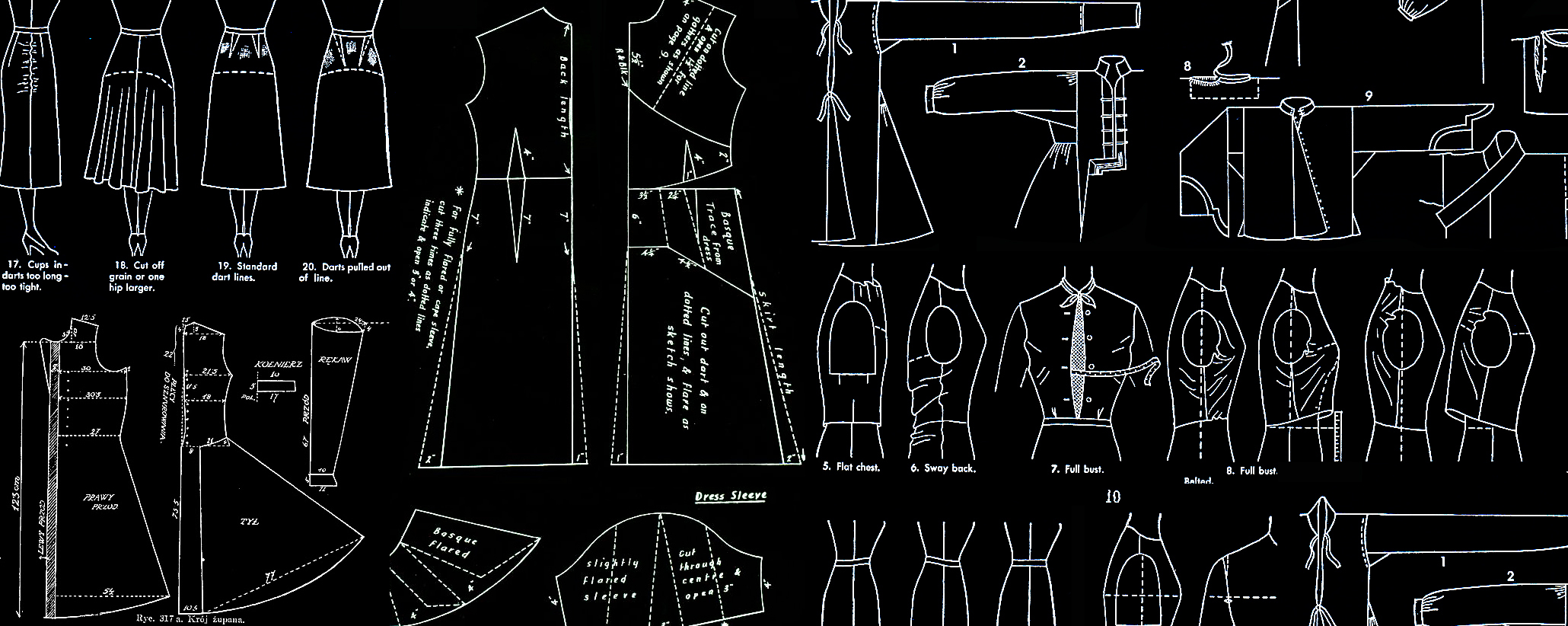
President’s Desk: 99 Sizes
With the recent surge in the development and production of large-sensor digital cameras and all the format and lens choices, we are looking at an unprecedented number of options.

There is a perfect little black sheath dress for sale on the internet that comes in 99 different “micro sizes” to better fit each body. As we are most familiar with the common three — small, medium and large — the CEO and founder of the company Laws of Motion believes traditional garment sizes are due for an upgrade and “clothes that fit shouldn’t be a revolutionary idea.”
With the recent surge in the development and production of large-sensor digital cameras — such as the Arri Alexa LF, Panavision DXL2, Red Monstro and Sony Venice — and all the format and lens choices this adds to an already long list, we are looking at an unprecedented number of options.
While motion-picture film formats are simply 8mm, 16mm, 35mm, 65mm and 70mm — which are based on the measurements of actual film stock — the digital era has brought us 1⁄2", 2⁄3", Full Frame, Super 35, Micro Four Thirds, DX, APS-C, 65mm and others. Recently, I tallied up more than 30 different sensor sizes. You also need to take into account which lenses are compatible with which formats, and which format offers the image attributes you’re looking for on a particular production.
Discussing these format and optics issues in his post on ShareGrid, cinematographer Mark LaFleur notes that some elements to consider are sensor size (“the physical size of a camera’s sensor”); field of view (“or more accurately stated, ‘horizontal angle of view,’ [which determines] just how much of the world you will see when looking through a lens”); lens’ image circle (which “determines what sensors [a lens] can cover”); and the crop factor (“the ratio of one camera’s sensor size related to another’s camera’s sensor of a different size”).
With all these choices in format, it might seem that we have many creative possibilities, but it also creates a lot of confusion. With so many crop factors around — I count about 135 of them between all the different sensor sizes — we seem to have lost track of the principle of “standardization.”
The classic formats of 16, 35 and 65mm film supporting our three traditional ratios, 1.33, 1.85 and 2.40, would concur with a standardized size, as the film stocks had just three possible widths. That means we had three different predominant ratios multiplied by three formats, so nine total. With the digital camera, however, every sensor has a different cropping size resulting in a different image area. To utilize all pixels, various cameras recommend a different field — and suddenly we have created over 120 various crop factors.
That in itself creates issues, as it cannot be guessed in postproduction what framing was intended by the cinematographer — unless, of course, you shoot an old-fashioned framing chart. Still, it also confuses lens field and light coverage to a point where the only proper way to describe a lens has become a technical endeavor. Just “Super 35” or “full frame,” for instance, do not suffice.
Some manufacturers have posted extensive coverage documents and have come up with pretty creative coverage charts. Still, it remains a puzzle, and you wonder — why so many sizes? I guess it was related to the frenzy of claiming 4K sensors, so we started to depart from a more than 100-year-old standard in the film industry and created a new trend — a fashion.
This fashion currently drives peculiar lens designs like 1.5, 1.79, and 1.8 anamorphic, to mention a few. I find it hard to compute. In your mind, you are so used to thinking in the angle and field of view of, let’s say, a standard 28mm lens on a Super 35 frame. Now, you continuously find yourself referring to tables on set, referencing a 28mm to a 42mm. With all these obscure focal lengths that are matched to what we instinctively want to see, based on our knowledge of lenses and field of view, it is sometimes hard to digest, especially as it can all be different on the next film shot with a different sensor size.
To create their size-inclusive range for their dress line, Laws of Motion gathered “millions of data points on women’s bodies, [and] engineered 99 micro sizes that celebrate unique shapes.” When a customer places an order for a dress, their measurements are sent to the factory, where the fabric is cut by laser and then machine sewn. It will be interesting to see if this trend toward ever-increasing options continues, or if people are happier going back to small, medium, and large.
But perhaps we will see the day when you can custom order your digital sensor in 99 different sizes!
“We think too much and feel too little.” — Charlie Chaplin

Kees van Oostrum
ASC President




